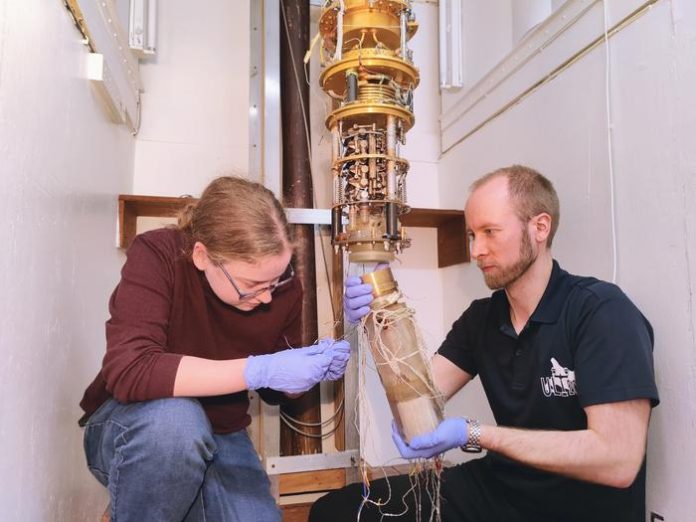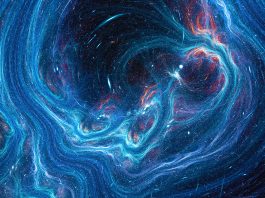Three of the UK’s leading universities are collaborating to solve one of the greatest mysteries in science – dark matter.
Experts from Lancaster University, the University of Oxford, and Royal Holloway, University of London, are joining forces to build the world’s most sensitive quantum detectors to help understand the enigmatic nature of dark matter.
Dark matter encompasses approximately 80% of the matter in the Universe, but it cannot be seen.
This matter is passing through us constantly, potentially at a rate of trillions of particles per second.
Due to its effects on gravity, we know that dark matter exists. However, experiments so far have failed to detect it.
Now, three leading research institutions are combining to solve this long-standing mystery by leveraging quantum technologies.
EPSRC Fellow Dr Autti explained: “We are using quantum technologies at ultra-low temperatures to build the most sensitive detectors to date.
“The goal is to observe this mysterious matter directly in the laboratory and solve one of the greatest enigmas in science.”
Dark matter candidates
Dark matter is known to exist through indirect observational evidence, such as its typical density in galaxies.
However, the mass of its constituent particles and their interactions with ordinary atoms remain unknown.
Particle physics suggests two likely candidates for dark matter:
- New ultra-weakly interacting particles: These particles are so weakly interacting that they have not yet been observed. They might be detected through their collisions with ordinary matter, depending on their mass. Most current searches focus on particles weighing between five and 1,000 times the mass of a hydrogen atom, possibly missing lighter candidates
- Axions: These are very light, wave-like particles
Solving the mystery with quantum technologies
The Quantum Enhanced Superfluid Technologies for Dark Matter and Cosmology (QUEST-DMC) team aims to achieve world-leading sensitivity in detecting dark matter collisions with particles ranging from 0.01 to a few hydrogen atoms in mass.
Their detector uses superfluid helium-3 cooled into a macroscopic quantum state, equipped with superconducting quantum amplifiers.
This combination of quantum technologies allows for the measurement of extremely weak dark matter collision signatures.
In the case of axions, which are over a billion times lighter than hydrogen atoms, scientists cannot detect collisions.
Instead, they search for an electrical signal generated when axions decay in a magnetic field. Detecting this signal requires a highly sensitive amplifier operating at the quantum mechanical precision limit.
The Quantum Sensors for the Hidden Sector (QSHS) team is developing a new class of quantum amplifiers specifically designed to detect axion signals.
While dark matter remains elusive, advanced quantum technologies and experimental approaches are being developed to detect its potential candidates, bringing us closer to understanding this mysterious component of the Universe.









